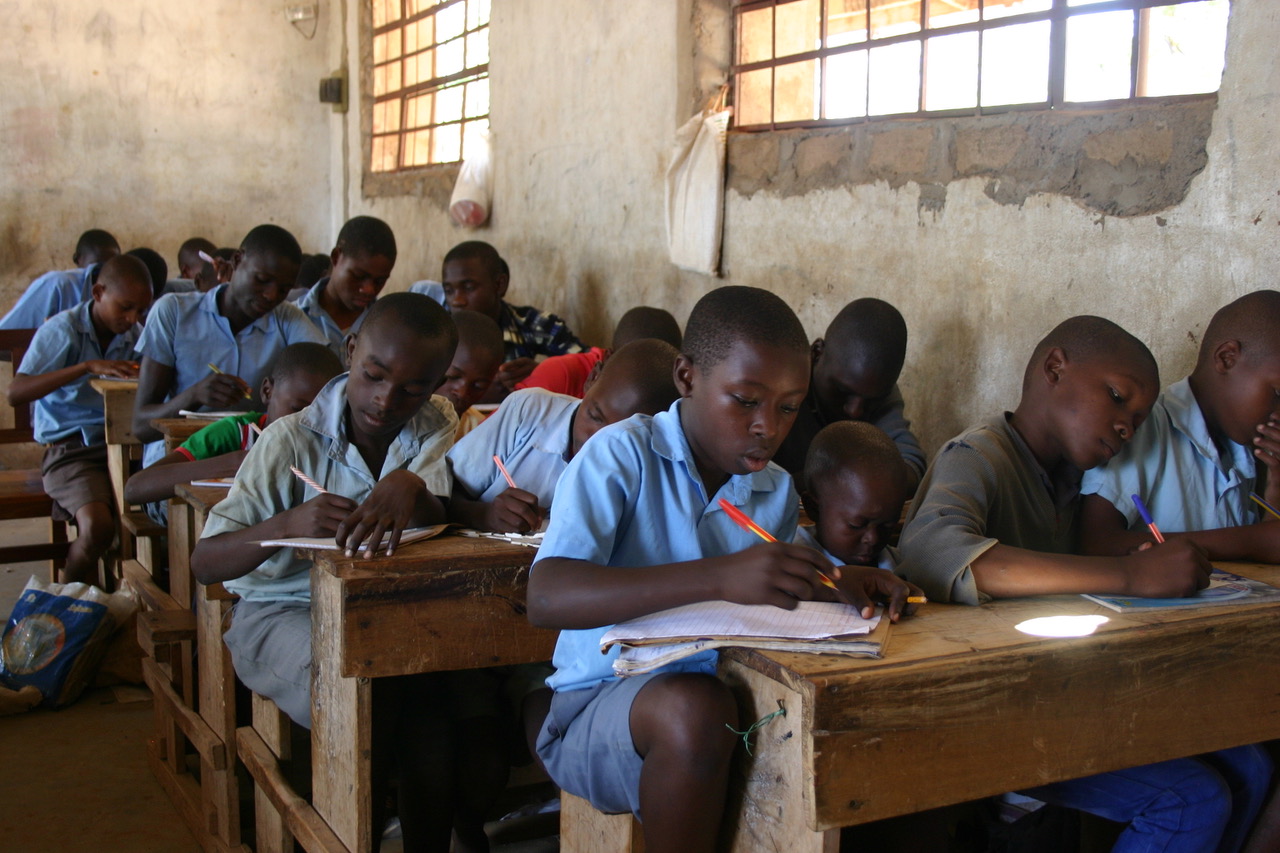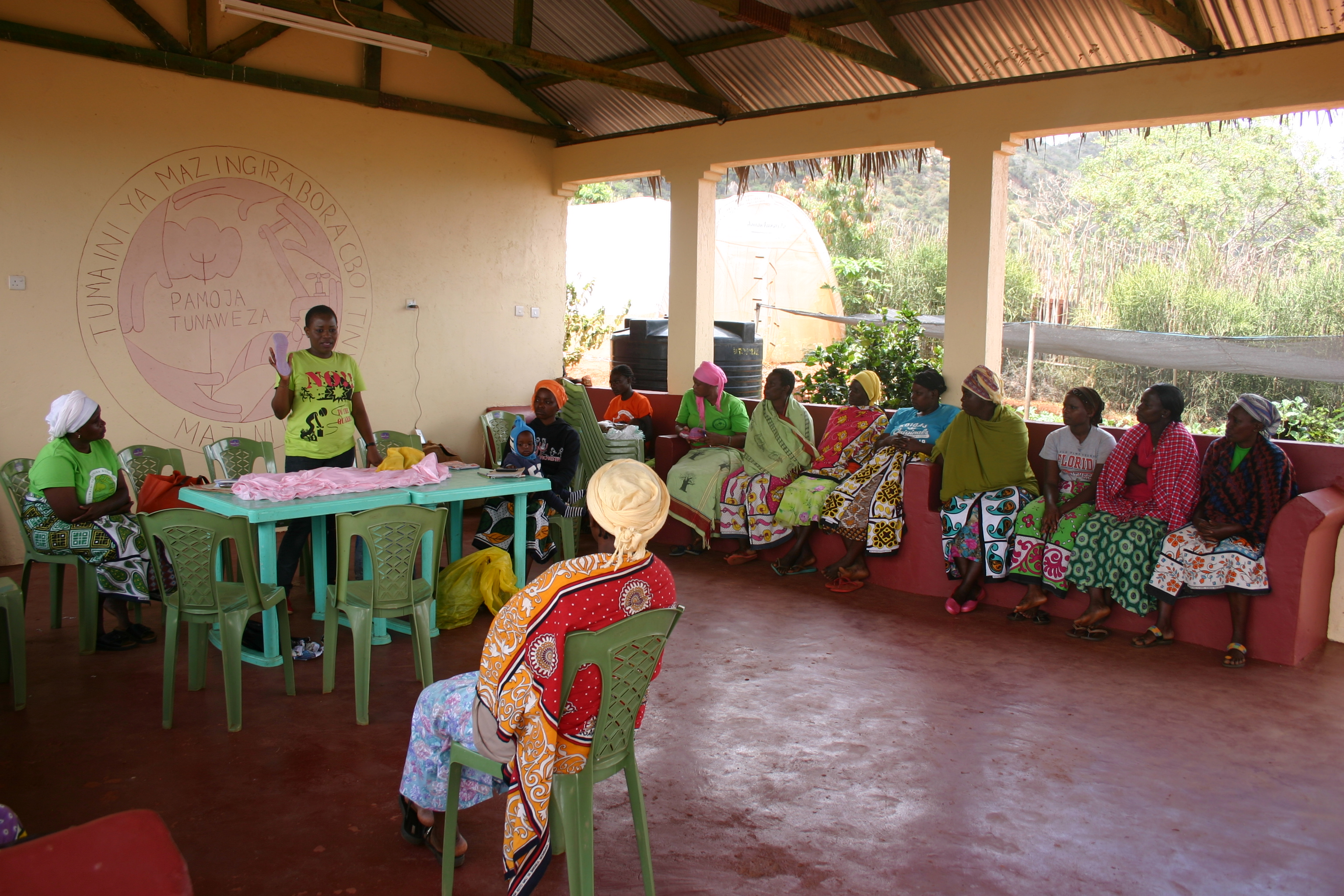A Grand Leap Forward for the Chyulu Hills Redd+ Project
Wildlife Works has completed Project Design Document for the new proposed REDD+ project in the Chyulu Hills!
The Chyulu Hills REDD+ Project (CHRP) is a multi-partner initiative designed to promote climate change mitigation and adaptation, restore biodiversity and create alternative livelihoods under the United Nation scheme of Reducing Emissions from Deforestation and forest Degradation (REDD+). It is located in the Tsavo-Amboseli ecosystem, southeastern Kenya and stretches over an area of 410,533.84 ha. Its main geographic feature is the volcanic Chyulu Hills mountain range, from which the project derives its name.
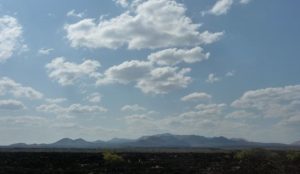
The Project Area comprises a great diversity of ecosystems, ranging from montane cloud forests to grassland savannah. A large variety of charismatic wildlife roams these landscapes, including populations of the increasingly threatened African Elephant (Loxodonta africana) and the critically endangered Black Rhino (Diceros bicornis). This wildlife has been living alongside traditional communities for generations. The Chyulu Hills also present a locally and regionally important water tower, which provides much of the surrounding landscape, as well as the coastal city of Mombasa, with a water source. This is just one example of the many ecosystem services the Chyulu Hill area performs.
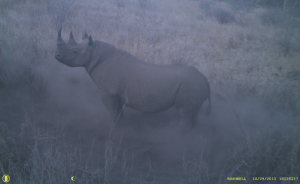
However, the area is under threat from being converted to a non-forest state due to unplanned agricultural expansion and unsustainable extractive practices such as charcoal burning and the collection of wood to make cultural artifacts. A major goal of the Project therefore, is to protect this vitally important ecosystem by providing economically viable and sustainable alternatives to its destruction.
The CHRP aims to generate benefits in the areas of climate, community and biodiversity under both the Verified Carbon Standard (VCS) and Climate, Community and Biodiversity (CCB) standards. Its specific climate related goals are to prevent the emission of 28,122,572 t CO2e over the project’s 30 year crediting period by stopping deforestation, forest degradation and grassland conversion. This will be achieved largely by employing forest rangers, bolstering employee motivation, creating alternative income and employment opportunities, and supporting stricter environmental law enforcement. Furthermore, it aspires to restore degraded forest and grassland areas, which will increase the quantity of sequestered carbon from woody biomass and soil. The establishment of tree nurseries, reforestation programs and other afforestation/reforestation (A/R) efforts are examples of some initiatives, which will be undertaken to this end.
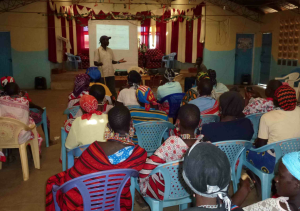
The Project will also generate substantial community and biodiversity co-benefits. New and sustainable livelihood opportunities, such as direct employment, alternative income generating activities (IGAs) and initiatives to stimulate investment in businesses will be designed to reduce pressure on the environment while significantly increasing community well-being. Additional programs will address food security, improve health and education facilities, as well as raise environmental awareness. Biodiversity co-benefits will be achieved through greater protection of the ecosystem predominantly by means of increased security, improved monitoring and bolstering wildlife-compensation schemes.
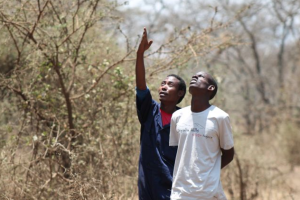
The CHRP’s uniqueness lies in its eight constituent partners, each of which contributes specific and invaluable expertise. Whilst some partners have long-standing, ground-based operations within the landscape, other partners offer more technical, political and governance expertise. The eight constituent partners include: Big Life Foundation, Maasai Wilderness Conservation Trust, Kenya Wildlife Service, Kenya Forest Service, David Sheldrick Wildlife Trust, African Wildlife Foundation, Conservation International and Wildlife Works. Together with the traditional landowners, this CHRP implementation team presents an exceptionally strong partnership, which will ensure the successful execution of the project’s objectives.
Wildlife Works completed the Project Design Document in June 2014, which is now open for public comments on the CCB website until 27th of July. All comments, positive remarks, constructive criticism or simply suggestions, are welcome.
Please visit: http://www.climate-standards.org/2014/06/25/chyulu-hills-redd-project/.


